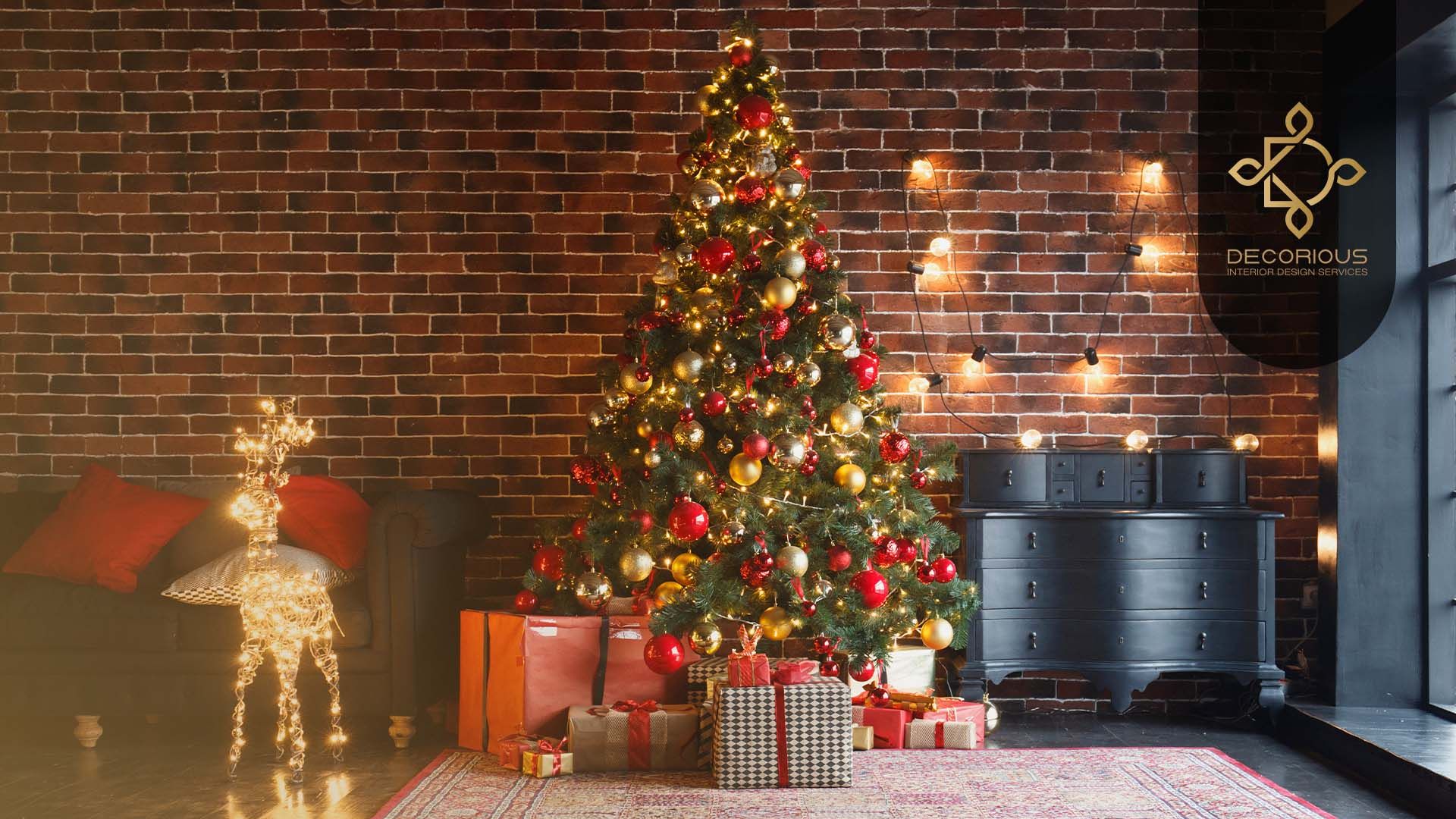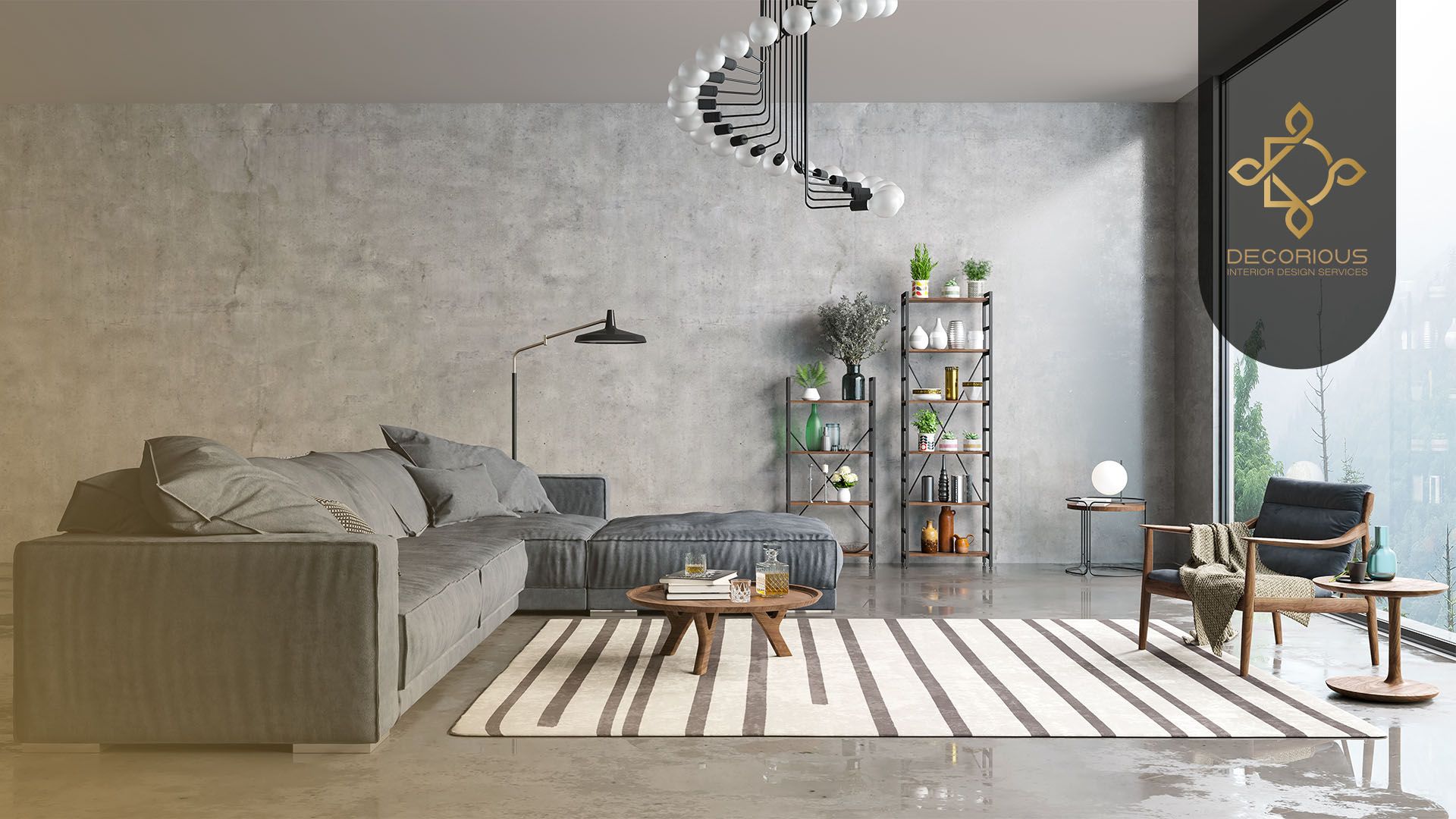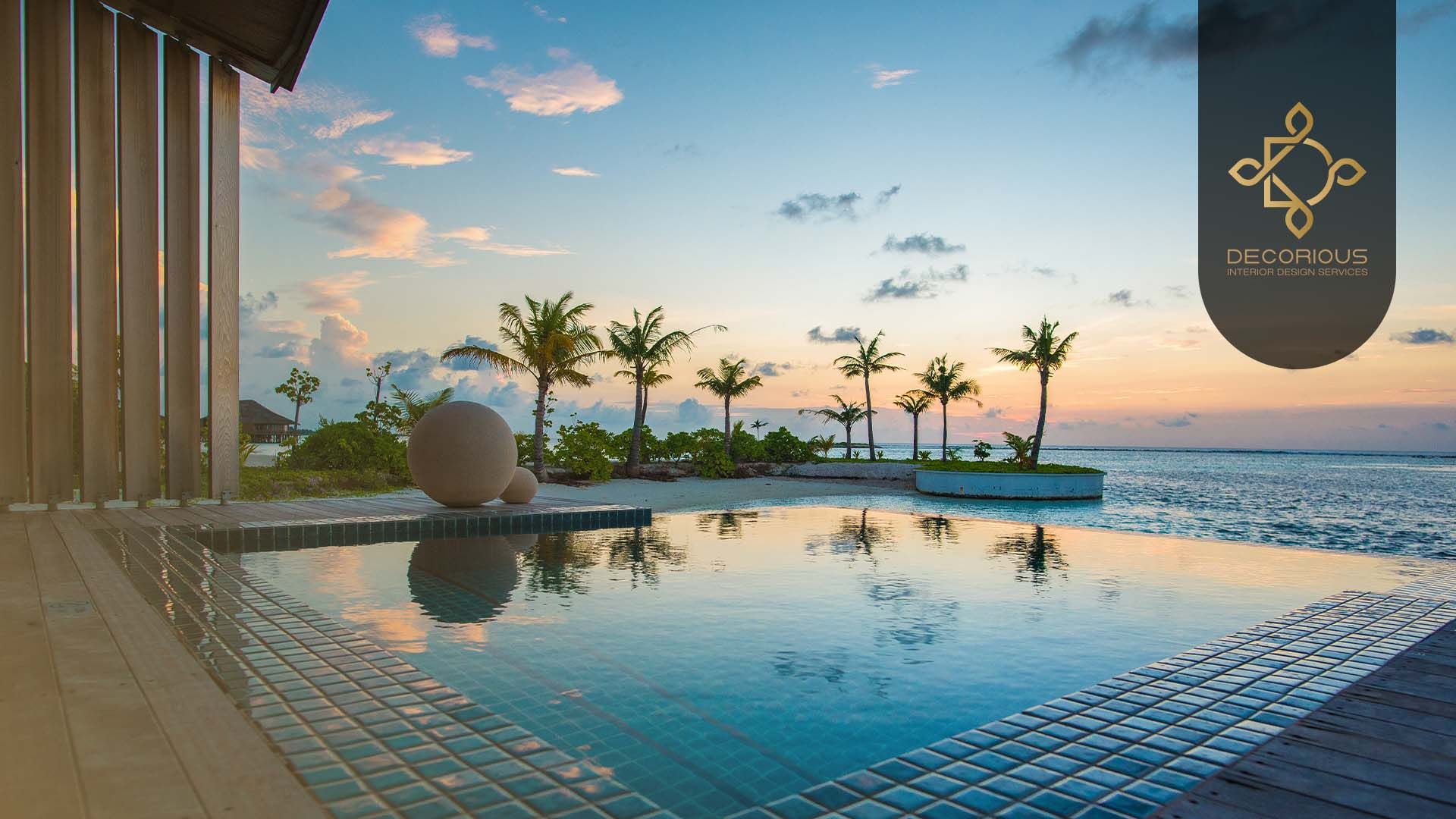
The landscape architecture for resorts today extends far beyond the placement of greenery and technical calculations. Instead, it is a strategic field with the guests' experience as its constant focus. This means that its considerations are far broader than simple aesthetics, and site planning is a critical component of the work that must be completed.
Site planning entails identifying the best opportunities for new buildings, roads, and amenities. Its goal is to find the "best fit" development for the site, which minimizes disturbance, maximizes landscape character, and fosters synergies among resort components. It also includes a concerted effort to preserve meaningful open space with distinctive topography, native vegetation, drainage, sun spots, and cultural elements.
Our fit-out company in UAE specialize in resort architecture and site planning, including master planning and design concepts, schematic designing concept, and schematic and development landscapes. Check out our landscape design services.
It is essential to work at a diagrammatic level early in the process of resort architecture development to establish a landscape architecture vision. Once this has been established, efforts can shift to the more detailed tasks of resort design. Grading, circulation, paving, planting, and lighting must all reinforce the overall vision.
There are several interesting trends in resort architecture that are influencing new project development these days.
What are the Characteristics of Resort Architecture?
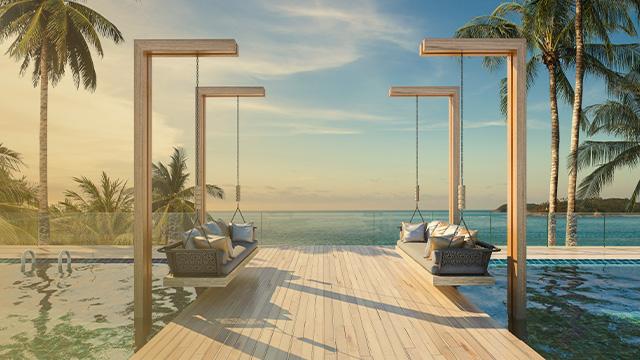
Designing a resort is a challenging task. There are so many aspects that need to be taken care of. A good resort design should provide the best experience for the guests and make them feel at home while they are away from their homes.
Follow these ideas for resort architecture design:
Improved site connectivity
Developing a network of walking paths, trails, bike paths, and cart paths has become a top priority. These provide guests with various movement experiences, from intense fitness runs to strolls along elegantly designed routes. This network should not be an afterthought but a primary resort experience of interconnected paths with shade, lookout points, seating, and gathering areas. These circulation networks connect guests to the best destinations within a resort.
The ‘natural’ concept is becoming more popular
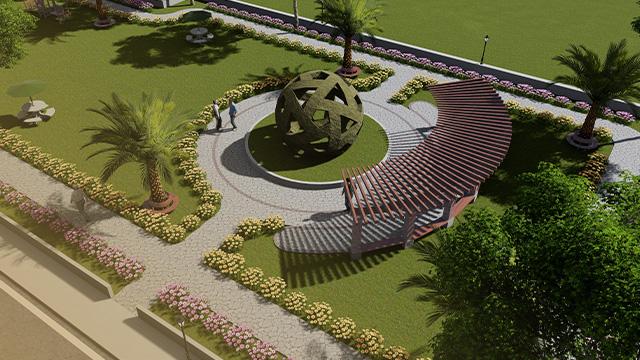
There is an acknowledgment that aesthetic tastes are shifting from the flashy to the natural.
Many resort landscape designs reflect this trend, with more native plants in relaxed, mixed layouts and a preference for vine-covered "living fences" and interior "living walls" covered in thriving green plant modules. These and other examples demonstrate the desire for novel ways to integrate nature with built structures.
Accepting local culture
Guests want authentic "place and culture" experiences in addition to the usual sun, sand, and sea tourism offerings. Cultural experiences in truly sustainable resorts emphasize local foods, fabrics, flowers, landscape colors, and historic architecture.
Agriculture fields, for example, could replace purely decorative landscaping, and working irrigation ponds could be used as kayaking and canoeing courses. Fresh, local ingredients can be obtained from on-site vegetable and fruit gardens for "farm-to-table" restaurants. A resort may collaborate with a nearby village to renovate its historic fabric into a cultural destination in more ambitious efforts. Resorts can serve as entry points into local culture.
Children's entertainment is being transformed
New innovative and beautiful children's play areas are being designed and implemented, transforming the image of play and adding value to neighborhoods, parks, and urban centers. These new play areas enhance the visual landscape with stunning color and inventive, sculptural play forms. They also provide inviting, shaded areas for parents to relax and observe their children. In the resort setting, we see these imaginative play facilities not as day-care facilities but as appealing resort amenities that enhance the resort's open spaces.
Migration from indoors to outdoors
The sense of safety when spending time outside results in multigenerational users looking for exterior spaces that include traditional outdoor elements such as gardens and pools but also ovens, grilles, game tables, and TVs: the comforts of indoors and outdoors. In addition, natural and eco-friendly design elements include:
- Edible gardens.
- Native plants and flowers.
- Small swimming pools that minimize paving while maximizing lush green surroundings.
- Low-level, subtle landscape lighting for a dark sky effect.
These are just a few recent changes in landscape architecture and planning. Gorgeous resorts are created when site planning is fully integrated into the interior design trends.
Interior Design Trends in 2023
Regarding interior design companies in Dubai, the hospitality and tourism industries have distinct trends. Yes, it takes style cues from broader interior trends, but there's much more to consider - guest experience, customer comfort, and customer journey, to name a few.
So, here is our look at the interior design trends we expect to see in the resort architecture industry in 2023.
1- Flexible Areas
Resorts must now work harder to cater to guests who want all-inclusive accommodations; they must consider and satisfy the new guest experience.
Most resorts now require spaces suitable for flexible working, possibly informal meeting spaces, and comforting and relaxing social spaces. Public space must do everything now and be adaptable. It takes a great deal of intelligent design to make such a space work, whether for serving coffee or breakfast, sitting with a laptop for some quiet thought time, or socializing with friends.
2- Soft But Luxurious Furnishings
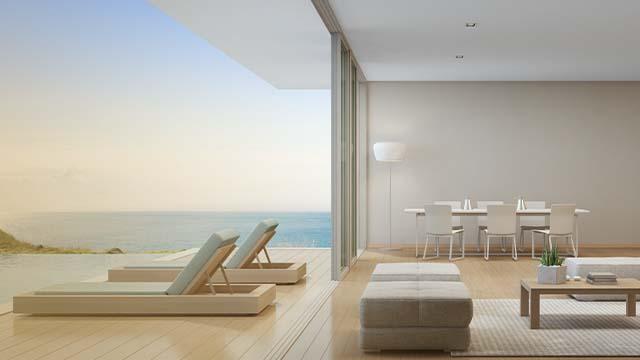
Many customers are willing to pay a higher price for a more comfortable stay.
Related to this, we anticipate softer designs and furnishings and luxurious choices that create a more premium and comfortable experience for guests. Consider plush, layered fabrics, the balance of private cozy areas and spaces for larger socializing, and ways to create connections between room and guest.
With video calls and social media becoming more common in public spaces, having bold, statement walls that serve as an aesthetic backdrop is an excellent way for guests (and anyone on the other end of the screen) to connect with your space. Consider arches, curved walls, and statement papers as ways to make an impact while remaining trendy.
3- Consider Sustainability
Because of the rise of the conscious consumer, even if sustainability was not previously a top priority for you, it is now critical that you give it some thought. Customers consider sustainability credentials when selecting lodging for an upcoming trip.
We always assess what existing materials or products we can keep, uplift, reuse, or recycle at the start of any project. Following this lead will help the environment and add a lot of character to your space.
4-Earthy Tones
We don't just mean different shades of brown and green when we say earthy tones. Tones inspired by nature and natural materials will continue to be popular in 2023, particularly lavender, sage green, and terracotta.
With well-being, nature, and sustainability at the forefront of many agendas, the peace and calm from nature-inspired tones can play a significant role in a space's emotional connection with guests. Lavender is set to be the true star of the show; known to promote "joyfulness," use it sparingly depending on your taste.
Nature is not only inspiring our palettes for next year; it is also inspiring our material choices. Natural materials such as cotton, wool, ceramics, and clay can create organic environments. As a result, they feel organic and create a more premium space.
Read more: Tips for Buying Decoration Materials in UAE: A Complete Guide
So, if you're searching for a hospitality interior design company in Dubai, Decorious is a professional company that will support you in every step, whether you are planning to design a resort or hotel. Highly experienced designers will help you with a keen eye for the latest interior trends. Contact us today for a free consultation.







